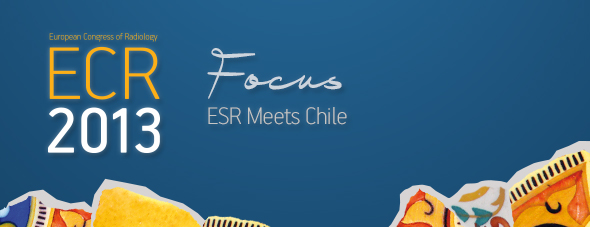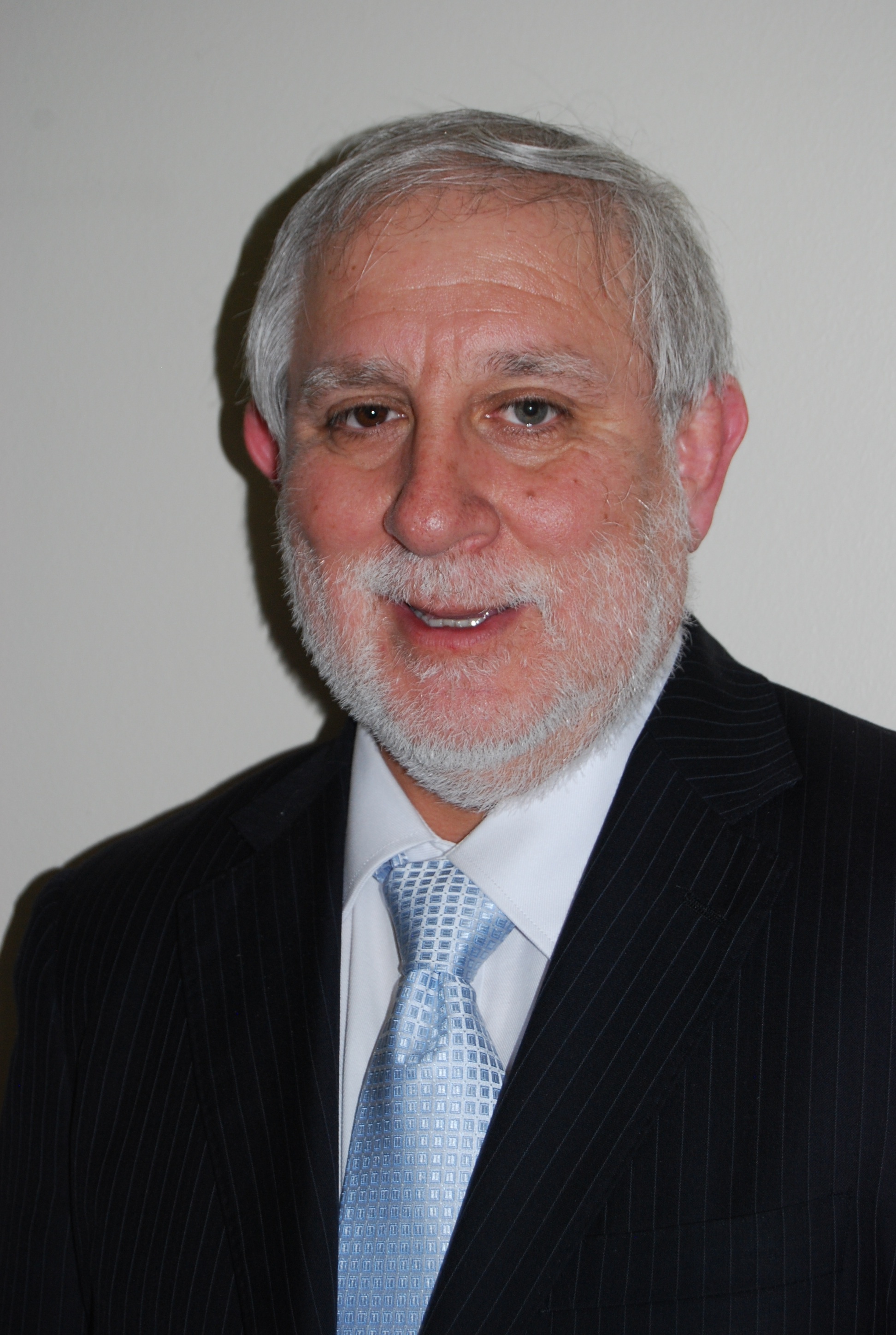ECR 2013 Focus: ESR Meets Chile
At ECR 2013, ‘ESR meets’ will mark Latin America’s return to the congress. After Argentina in 2010 and Brazil in 2011, Chile will be a guest of honour within the popular programme, which promotes dialogue between radiologists from all over the world. ECR delegates will be given the opportunity to learn about the latest developments in Chilean radiology and appreciate the local realities of this faraway, yet culturally similar country. The ESR spoke with Professor Miguel Ángel Pinochet, president of the Chilean Society of Radiology, ahead of the meeting.
The European Society of Radiology (ESR): Chile is the third Latin American country invited to take part in the ‘ESR meets’ programme. What do you expect from your participation?
Miguel Ángel Pinochet: We have great expectations. As a small country, it is a great honour to be invited to this meeting. We hope that our European colleagues will enjoy and learn from our speakers. They have prepared very interesting talks about recent advances in common medical conditions, which every radiologist should know about.
ESR: Do you think cooperation between Chilean, and more generally South American, and European radiologists is satisfactory? Could it be improved and, if yes, how?
MAP: Usually, young Chilean radiologists tend to apply for subspecialty fellowships in the United States, but we are aware that European radiology has many advantages. I am sure that the ESR could participate more in congresses and specific courses in Latin America, sharing costs with local radiological societies. Such initiatives would increase the influence of European radiology in our area.
ESR: Chile is very diverse and multi-ethnic. Is that a challenge for a homogenous national radiology training?
MAP: The main challenge is to increase the number of radiology residency programmes. Today, there are only eight in the country, training 40 residents per year. We need to double this number, as there is a deficit of radiologists that exceeds 300 positions, mainly at public hospitals. Also, there is nothing like a national curriculum in Chile, and there are big differences in terms of programme quality. We need to advance into a national curriculum, and maybe the ESR could be a reference standard for us.
ESR: How easily can patients from the Andean regions access medical care? How does the medical community, and especially your society, tackle this challenge?
MAP: Seventy-three percent of Chilean citizens are beneficiaries of the public health system, which has nationwide coverage. Sixteen percent of Chileans have private insurance. Most hospitals have adequate radiological equipment, but the main problem is the shortage of radiologists. Most radiologists prefer to work at private centres, because public salaries are too low. As a national radiological society, we encourage radiologists to split their work between private and public hospitals, because most Chileans cannot afford private institutions. Nevertheless, health indicators are among the best in Latin America.
ESR: Have you already attended the ECR? If yes, what did you enjoy the most at the congress?
MAP: Yes, I have been at the ECR meeting several times. I think the scientific level is excellent, and, of course, I enjoy the city.
ESR: Are you looking forward to some scientific sessions in particular at ECR 2013?
MAP: As a breast imaging specialist, I am very interested in the Special Focus Session SF 15b, to be held on Sunday March 10, about digital breast tomosynthesis. We expect to get new equipment this year, so I am very excited to see if it really has something new to add to cancer diagnosis.
ESR: The ECR is a long way to go for South American radiologists. What do you think of the initiative ‘ECR Goes to’, which broadcasts live sessions from the congress online? Did some of your colleagues make use of this new service during ECR 2012?
MAP: Not really, as it is a new initiative. We will promote it among our nationals and members.
ESR: Is there anything you would like to add?
MAP: We are looking forward to having more and more cooperation with European radiologists in the next few years. I am sure that there are a lot of opportunities to share education and research with our fellow European societies.
Sunday, March 10, 10:30–12:00
ESR meets Chile
EM 4: Topics of ongoing radiological research from the Andes
This interview previously appeared in the ECR 2013 Preliminary Programme



